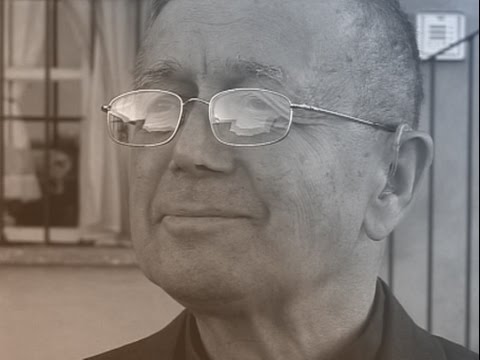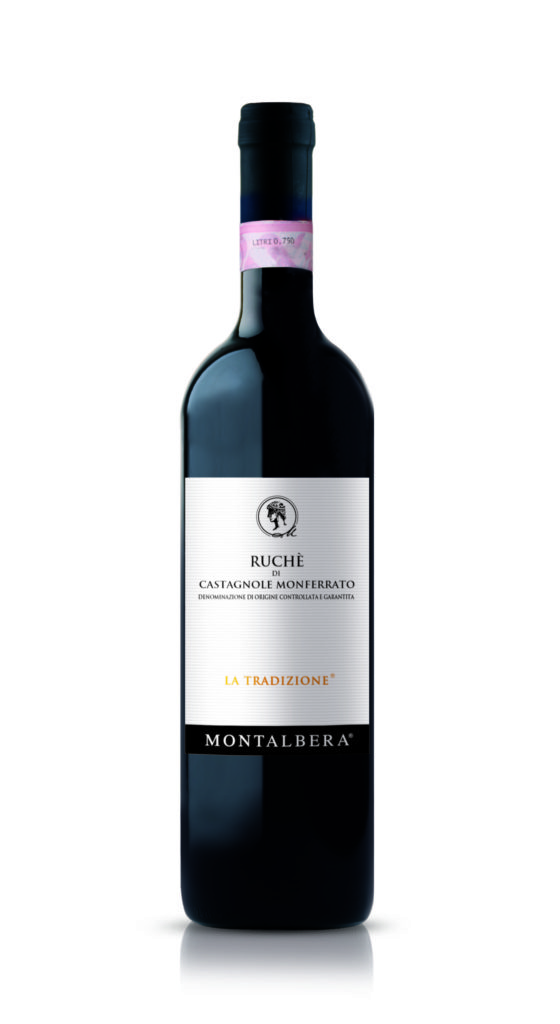
Posted on
The history of Ruchè in four dates
Ruchè is the wine par excellence of the Monferrato hills. It is a symbolic wine, rediscovered only several decades ago, and it is wreathed in mysterious origins.
Today, Ruchè is produced in about thirty different wineries, with an annual production of about 700,000 bottles and total cultivated land of about 136 hectares. It’s a niche wine, rediscovered and appreciated thanks to the recent attention given to native varieties, and today it ranks among the most appreciated and sought-after small Italian DOCGs. To see how the “thirst” for Ruchè has grown, just look at two bits of data: in 1988, ten hectares of Ruchè were planted; in 2011, that number increased to 103 hectares.
Let’s take a look at the main points in history for this “misunderstood but likeable” variety, as described by Mario Soldati, food and fine wine lover.
19TH CENTURY – LEGENDARY ORIGINS
Mentions of Ruchè are few and far between, but it is certain that the Monferrato was already cultivated with Ruchè in the Middle Ages. How it arrived, and where its origins of name come from, are less clear. Some say that Spanish troops imported the variety during their occupation in the 17th century; others say that the name comes from “rincet,” a Piedmontese word that for a disease that attacked vines in the late 1800s, which Ruchè managed to survive. But overall, the most likely hypothesis is that a group of French monks from Burgundy planted this variety around the convent of San Rocco (from which its name comes from) that today no longer exists.
1964 – DON GIACOMO CAUDA
The year was 1964. When the parson of Castagnole Monferrato, Don Giacomo Cauda, first arrived in his new Piedmontese community, some of the parish benefits the Church gave him included several hectares of vineyards. Don Cauda, in a typical example of a rural priest, discovered that a forgotten red grape grew in the vineyards, and decided to give it hope and a future when he vinified it in purity. The legend of the “parson’s wine” was born, which was initially produced in 28 “pintoni,” or large bottles. Don Cauda called it “a gift from God,” with a “perfect body and balance of aromas, and a unique flavor and scent. Tasted in moderation, it frees the spirit and opens the mind.” And this is how Ruchè became an alternative to the daily consumption of Dolcetto and Barbera.
1987 – RECOGNITIONS
Ruchè received the DOC certification in 1987, attesting to its elegance and great potential, as well as to its roots, deeply planted in the zone of Castagnole Monferrato. The producers multiplied, and the quality and love grew for this “rescued” wine. When it achieved the most important recognition in 2010, the DOCG certification, Don Cauda had passed away two years before. Fate did not call for his hand in assisting the wine to its triumph, but his legacy will remain forever. A DOCG certification protects the quality of the wine and stabilizes precise rules for production. Only seven municipalities can produce Ruchè: Castagnole Monferrato, Grana, Montemagno, Portacomaro, Refrancore, Scurzolengo, and Viarigi.
2009 – THE DNA OF RUCHÈ
Montalbera has always believed in Ruchè and its uniqueness. For this reason, the winery invested in research that traced its genes in order to shed light on its uncertain origins, which are often compared to varieties that are, in reality, very different in terroir and expression. The objective of the work (carried out in the Bioaesis laboratory of Ancona and published in 2009) was to utilize DNA as an invisible barcode to determine the genetic traceability of the variety.
All analyses concluded that Ruchè possesses genetic characteristics that are different than other vine varieties in databases. The only variety that comes close is Pinot Nero, which has similar “peaks” in its DNA. The identity of Ruchè has therefore been drawn and analyzed, placing the variety in the panorama of native grapes of Italian viticulture without a doubt.

